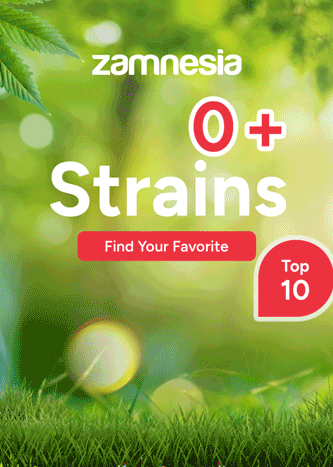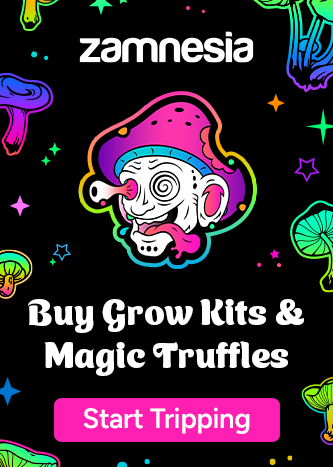CBD vs CBG: What is the difference?
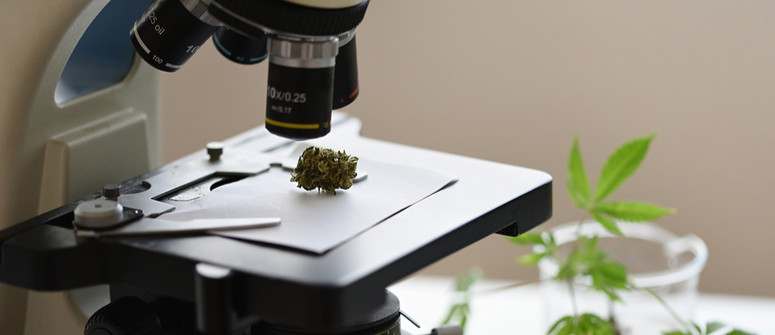
You're likely aware of what CBD is, but have you heard about cannabigerol (CBG)? If you haven't, don't worry. This article compares the two, explaining everything you need to know.
Contents:
If you're reading this, you're most likely familiar with what CBD is all about. The non-psychotropic cannabinoid is found inside cannabis, and according to studies, could have numerous wellness benefits.
There's also a good chance that you haven't heard about CBG just yet. Cannabigerol is among the many cannabinoids that aren't as recognized as CBD, despite having similar qualities. It won't get you high, and CBG appears to hold great potential as a wellness supplement.
Although there are similarities between CBD and CBG, there are also some subtle differences, and it's these differences that lead people to ask which one is better? If you keep reading this article, we're going to break down exactly what you need to know about both cannabinoids.
What Is CBD?
We gave a brief overview in our intro, but it's worth diving a little deeper into CBD. All cannabis plants have a certain amount of CBD in them, but the ratio differs from strain to strain. Plants meant for recreational use usually have a higher THC content and a smaller percentage of CBD.
But, as the fascination for cannabidiol continues to grow, many cultivators are growing CBD-rich plants, opening up new possibilities. You see, CBD's interaction with the body's endocannabinoid system (ECS) is different to THC, potentially regulating functions like memory, sleep, and mood, among others.
What Is CBD Good For?
CBD has a low binding affinity for the endocannabinoid system's CB1 and CB2 receptors. Instead, it may influence other receptor sites like the serotonin receptors, vanilloid receptors (for sensory regulation), and PPARs (for energy regulation).
It's CBD's relationship with these receptors that help produce a wide range of effects. Research is ongoing, but here are some of CBD's potential characteristics:
• May produce antioxidative effects
• Influences our inflammatory response
• Possible neurogenesis (the birth of brand new neurons)
• Modulates cortisol to influence mood
• Could lessen nausea and vomiting
• Promotes better sleep
Available CBD Products
These days, CBD products come in many forms, not just cannabis. Apart from the very popular CBD oil, you can also get it as a capsule or cosmetic. There are also topical CBD products like balms, lotions, and salves, each with unique pros and cons.
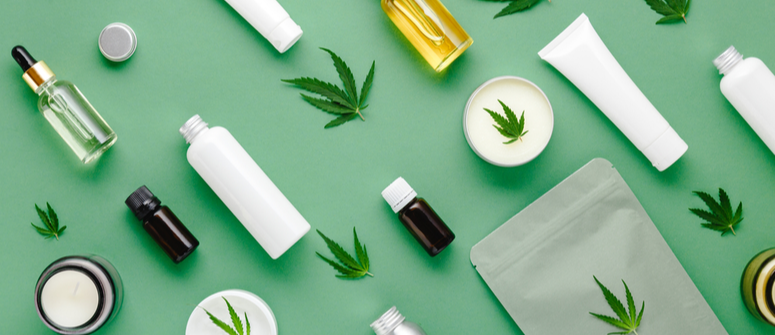
However, cannabidiol's rise in popularity, because of its potential benefits, has brought on significant demand for high-CBD strains. They usually contain minimal THC, which is a bonus because it means you won't get high. Fortunately, the percentage of THC is just enough to create the touted entourage effect.
Given how much work goes into developing high-CBD strains, it's worth highlighting a few examples. First up is CBD Therapy, a strain with a 20:1 CBD to THC ratio. It has a distinct sweet berry flavour and brings about a chilled vibe upon toking.
There's also OG Kush CBD. The name may ring a bell because of the popular recreational variant. This version has a balanced 1:1 CBD to THC ratio which means a slight buzz, alongside traditional OG Kush flavours.
Another great example is CBD Critical Mass. Like OG Kush CBD, Critical Mass has an equal ratio of CBD and THC. As a result, this sweet-tasting strain can help you feel ready to take on the day ahead.
What Is CBG?
As previously mentioned, CBG is similar to CBD insofar as it's non-psychotropic and has potential therapeutic benefits. But, since it isn't a top priority among growers, most strains contain less than 1% CBG come harvest.
However, one big difference with CBD is that CBG has a stronger binding affinity with both CB1 and CB2 receptors. CB1 receptors are located in the brain, while CB2 receptors are located within the nervous system, the gut, and connective tissues.
What Is CBG Good For?
CBG's affinity for both types of cannabinoid receptor means its potential is significant. But, given the difficulty in isolating large quantities of CBG, studies are minimal. Based on what researchers know about the role of CB1 and CB2 receptors, potential benefits of CBG could include:
• Reducing aches and soreness
• Potential influence on glaucoma
• Possible therapeutic medium for neurological disorders like Parkinson's Disease and multiple sclerosis (MS)
• Modulating inflammation
Available CBG Products
Slowly but surely, CBG is growing in popularity. As brands and manufacturers get better at isolating cannabigerol, we see more products enter the market—products like tinctures, crystals, liquids, and softgel capsules.
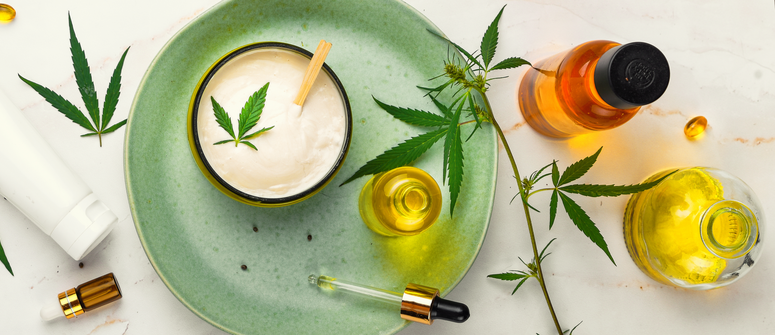
Even though most cannabis strains contain less than 1% CBG, a handful of CBG-rich buds are beginning to surface. Starting with White CBG, the strain contains up to 20% CBG and less than 0.3% THC. And since it is predominantly a sativa, you'll be left with a clear-headed sensation.
Then we have Jack Frost CBG, this time containing around 13-15% CBG. Even with the slightly lower numbers, it is a favourite among medical marijuana enthusiasts because of its strong influence on sleep.
Finally, there's Lemon Cream Diesel CBG. You may already have a clue about its flavour profile based on its name, and you wouldn't be wrong. Once you experience its pleasant citrus flavour, Lemon Cream CBG will leave you with a relaxed body and a focused mind.
What Is the Difference Between CBD and CBG?
A big difference we pointed out earlier was how the two compounds interact with the endocannabinoid system. Unlike CBD, CBG has a stronger binding affinity with both CB1 and CB2 receptors. On the other hand, CBD tends to work behind the scenes, supporting the ECS as a whole.
Another significant contrast between the two is manufacturing. Producing large quantities of CBG is significantly more challenging. According to experts, it takes "thousands of pounds of biomass" just to develop small amounts of CBG isolate. And, with such scarcity and complexity in cultivation, it's more expensive to produce.
Finally, we have the difference in pharmacology, a.k.a their specific effects on the body. CBD, for instance, is known to activate the 5-HT1A serotonin receptor. CBG, on the other hand, is found to inhibit it. These differences exist throughout the body, but researchers aren't entirely sure how to put the distinctions to good use.
Knowing a difference exists is a good step forward, but understanding how to influence well-being positively is another challenge altogether. That said, both compounds are non-intoxicating and legal throughout much of the world. This makes experimenting with different CBD and CBG formulas significantly easier.
Which Is Better: CBD or CBG?
With the similarities and differences between CBG and CBD laid bare, it's clear to see they each have unique traits that make them effective for a specific purpose. As for which one's better? Unfortunately, a lack of studies for both makes it difficult to draw a clear conclusion. It will depend on a user's circumstances and what they want to achieve with cannabinoids.
If you're still not sure which one is more suitable for you, here's a summary of what we know so far:
• Both cannabinoids are non-psychotropic and hold great potential as therapeutic options.
• CBG is more difficult to isolate, meaning it cannot be produced in larger quantities and is more expensive.
• CBD and CBG interact with the endocannabinoid system differently. The former does not bind with CB1 and CB2 receptors, while the latter does.
• Full-spectrum products contain CBD and CBG, which could mean a greater overall impact thanks to the entourage effect.
Ultimately, there is no straight answer to the question. But, we are now living in a world where people get to experience CBD and CBG freely. That, in itself, is a welcome development.
